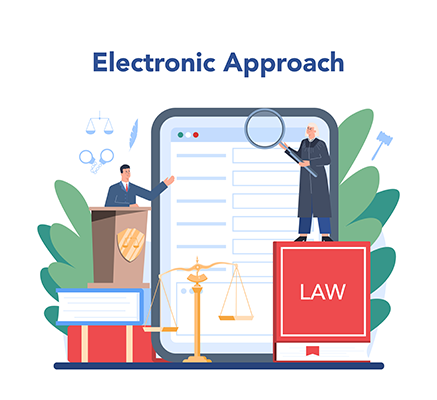
Introduction
In today’s digital era, the significance of e-discovery (electronic discovery) cannot be emphasized enough. As businesses and organizations increasingly rely on electronic data, efficient management of this data becomes crucial, particularly in legal proceedings. Docsvault, a leading document management software solution, plays a pivotal role in helping organizations prepare for e-discovery. This article explores the key aspects of e-discovery and Docsvault can be a transformative force in this process.
Understanding E-Discovery:
E-discovery refers to the process of discovering, collecting, and exchanging electronic information in legal cases. This electronic information can include emails, documents, databases, presentations, and more. With the exponential growth of digital data, e-discovery has become a complex and essential component of legal proceedings, investigations, and regulatory compliance.